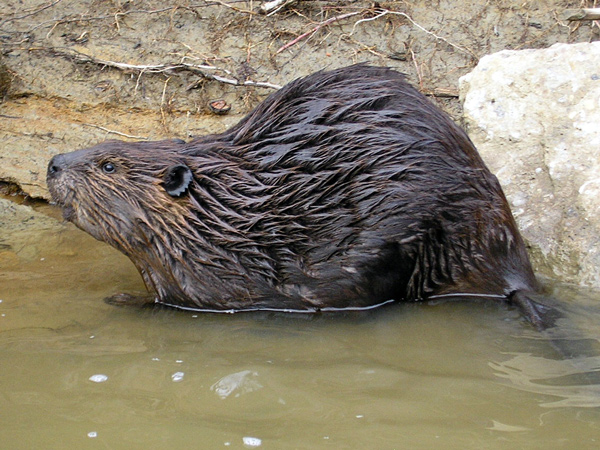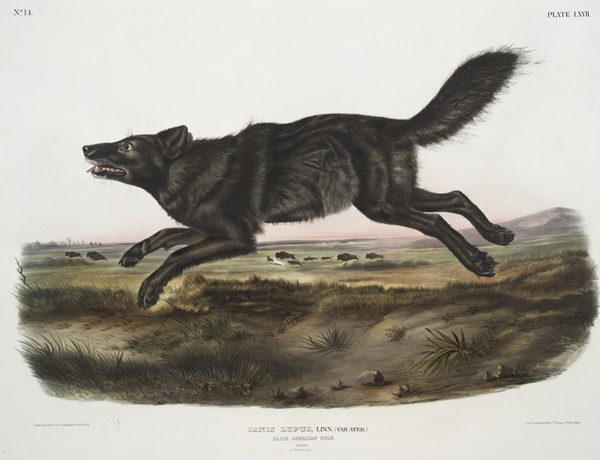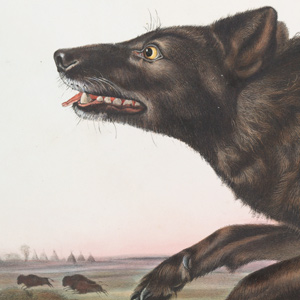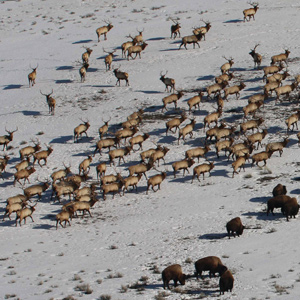Kenneth C. Walcheck is a retired wildlife biologist and frequent We Proceeded On contributor from Bozeman, Montana. He spent 21 years with the Montana Department of Fish, Wildlife, and Parks and remains an active Montana natural history researcher and hunter.
Contributions


The 1804-1805 Lewis and Clark journals provide the first reliable biological documentations of beaver (Castor Canadensis) for the Missouri and Columbia River corridors between St. Louis and the Pacific Ocean.


They didn’t get credit for it, but Lewis and Clark were the first to describe these wily canine predators.


In the 1750s the British Navy had begun issuing 50 pounds of portable soup for every 100 sailors on long voyages, partly to vary the daily diet of salt-cured meats, and partly in the mistaken belief that it would prevent scurvy.


One of the animals recorded by Lewis and Clark—and which became one of the staples of their mostly carnivorous diet—was the wapiti, or American elk (Cervus elaphus).
Experience the Lewis and Clark Trail
The Lewis and Clark Trail Experience—our sister site at lewisandclark.travel—connects the world to people and places on the Lewis and Clark Trail.
Discover More
- The Lewis and Clark Expedition: Day by Day by Gary E. Moulton (University of Nebraska Press, 2018). The story in prose, 14 May 1804–23 September 1806.
- The Lewis and Clark Journals: An American Epic of Discovery (abridged) by Gary E. Moulton (University of Nebraska Press, 2003). Selected journal excerpts, 14 May 1804–23 September 1806.
- The Lewis and Clark Journals. by Gary E. Moulton (University of Nebraska Press, 1983–2001). The complete story in 13 volumes.

